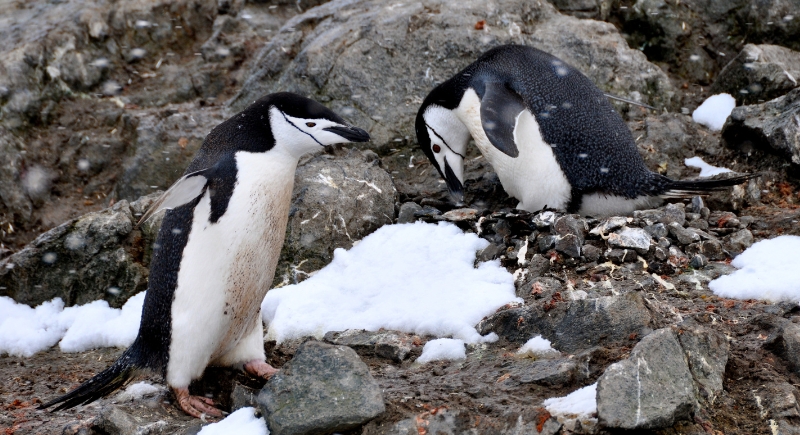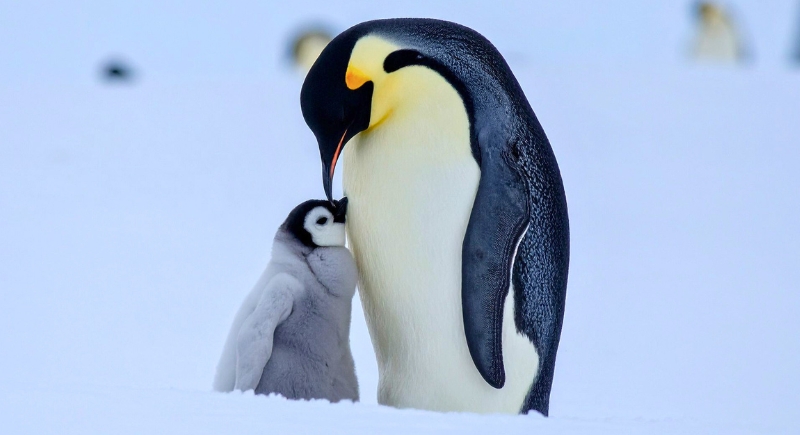Are There Really Gay Penguins? The Answer Is Complicated and Wonderful
In the late 1990s, two chinstrap penguins at New York’s Central Park Zoo formed an unlikely pair. Roy and Silo were both male, but that didn’t stop them from bonding, building a nest, and even trying to hatch a smooth gray rock. Seeing their determination, keepers gave them a real egg, and the pair successfully raised a chick who was named Tango.

Image via Getty Images/Lucezn
Tango’s story spread far beyond the zoo. It became the subject of a children’s book, And Tango Makes Three, which found its way into classrooms and living rooms — and onto lists of banned books in parts of Florida, where some officials objected to its depiction of same-sex parenting.
Years later, halfway around the world, another pair of male penguins — Sphen and Magic at Sydney’s Sea Life Aquarium — stepped into the spotlight by raising a chick of their own. Their story echoed Roy and Silo’s, reminding people that these pairings aren’t isolated quirks but part of the complex ways penguins, like many animals, form families.
How Penguin Parenting Works

Image via Canva/TrueCreatives
Penguins are naturally cooperative parents. In most species, males and females share the work, taking turns incubating eggs and feeding chicks. That’s why same-sex pairs can be just as capable of raising healthy young. In some cases, zookeepers have stepped in and given these couples eggs to care for, while in others, pairs have been observed trying to adopt eggs.
Zoos have also highlighted these stories in different ways. At SEA LIFE London, for instance, two female penguins, Rocky and Marama, once raised a chick that wasn’t assigned a gender at birth. The chick was given a purple tag instead, sparking public conversations about gender and family.
Gay Animal Relationships Are Everywhere
Same-sex relationships aren’t unique to penguins. Researchers have documented them in more than 1,500 species, from insects and birds to dolphins and sheep. Field studies have even observed king penguins forming same-sex pairs, though it happens less frequently than in some other species.
Among primates, bonobos are a well-known example. They often use same-sex encounters to strengthen social bonds and ease tension within the group. Dolphins show similar patterns, forming long-term same-sex alliances that extend into daily life, from hunting to traveling together.